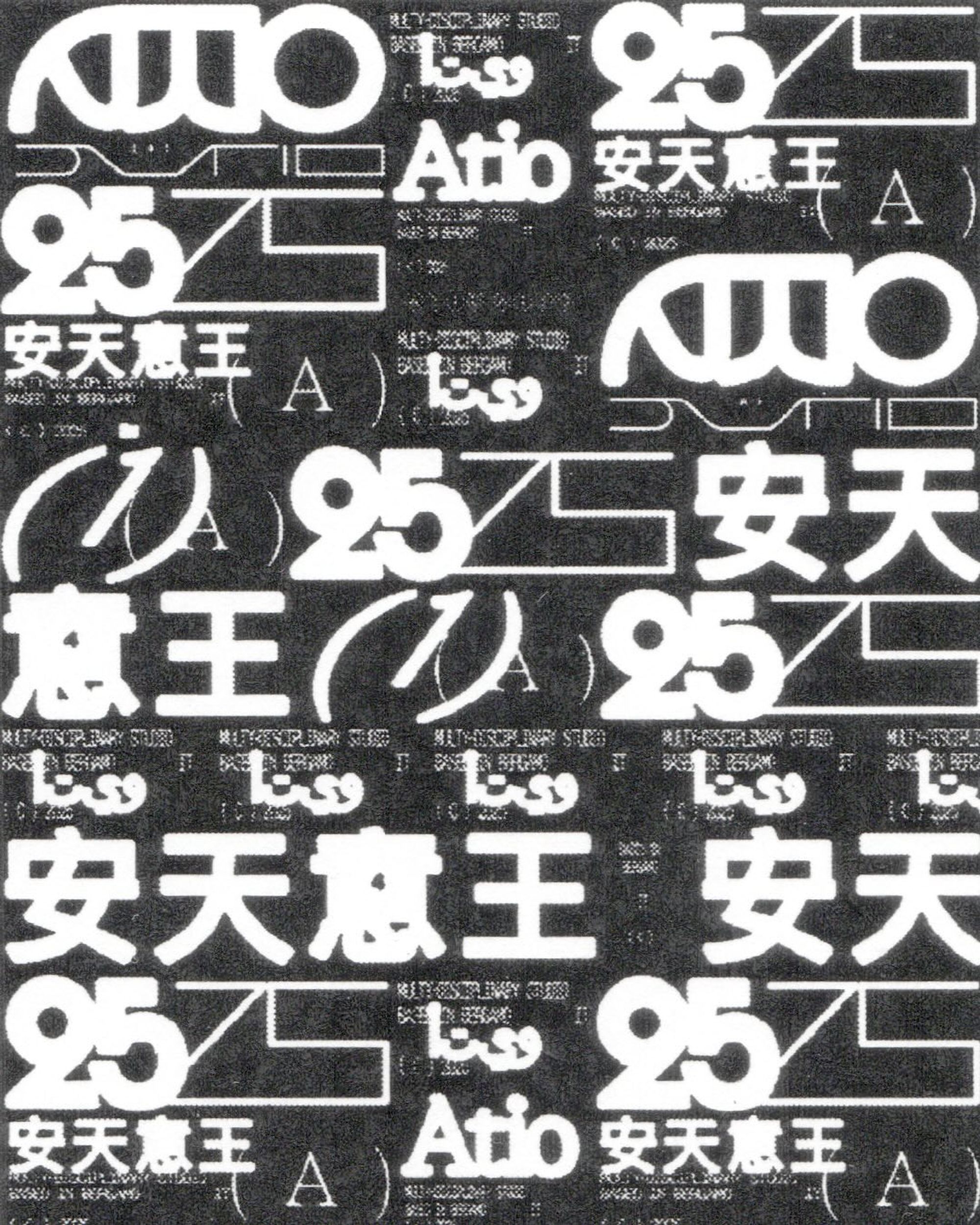
Interview with ATIO Studio. Pushing the boundaries of design with radical experimentation, emotional depth, and a relentless refusal to conform to market-driven aesthetics.
ATIO is a design studio founded by Edoardo Benaglia and Francesco Grenci. Its work involves communication systems and visual strategies, working across multiple disciplines like brand and visual identity, web design, graphics, exhibitions / event communication and digital contents. The commitment to contemporary culture leads ATIO's designs to have a concise approach, reflecting core values with a focus on the use of typography and modular graphic structures.
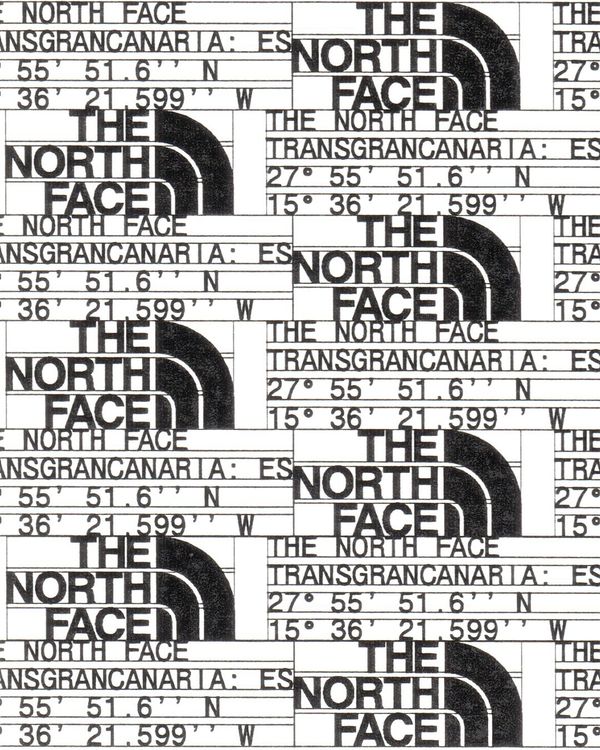
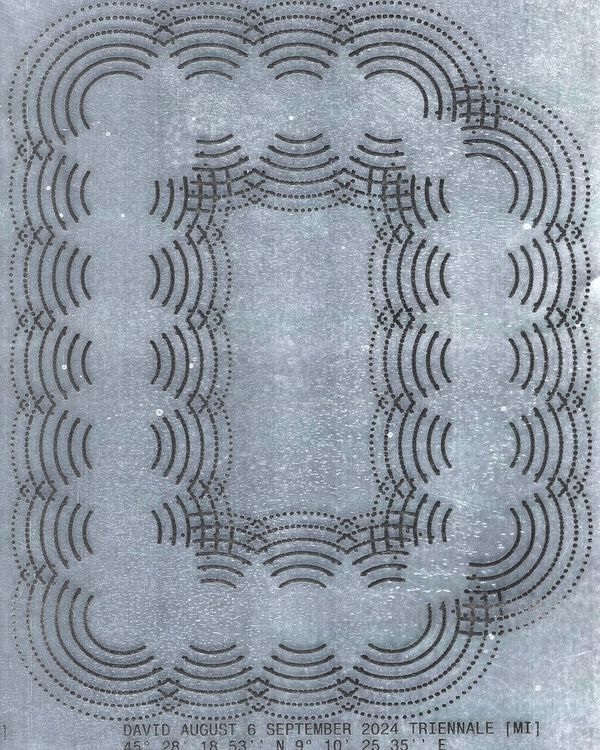
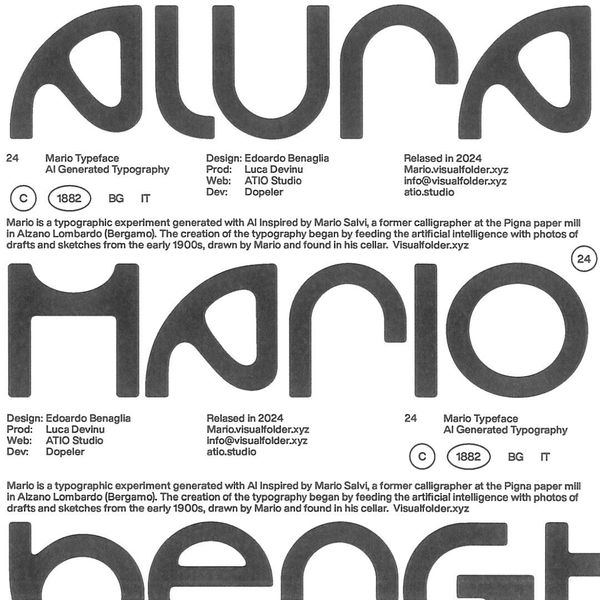
Dancing Between Logic and Gut.
ATIO is a fluid, unpredictable creature built on relationships, research, and a touch of madness. Our conversation with the founder Edoardo Benaglia, was a wild ride through anecdotes, reflections on the design world, and a brutally honest awareness of today’s creative reality.
What sets the studio apart is its ability to walk a fine line between experimentation and practicality. “When we started out, we took on tiny projects, paid poorly, but with a soul. Today, brands like The North Face call us, and our approach hasn’t changed. If they give us creative freedom, we go all in. If they want something standard, we’re not the right designers for them.”
Working this way means living outside traditional market rules, but also attracting an audience that seeks exactly that kind of approach. “Good design always has an audience. It might not be the one you expect, but it’s there.”
A studio’s visual identity can be a double-edged sword. On one hand, it makes you recognizable. On the other, it exposes you. “Our studio has always been seen as too experimental for some clients, not corporate enough for others. But that’s fine. We’ve always preferred risk over safety.”
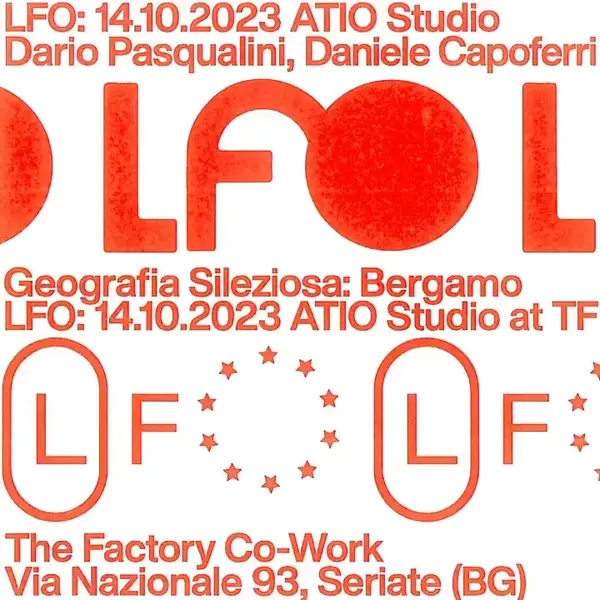
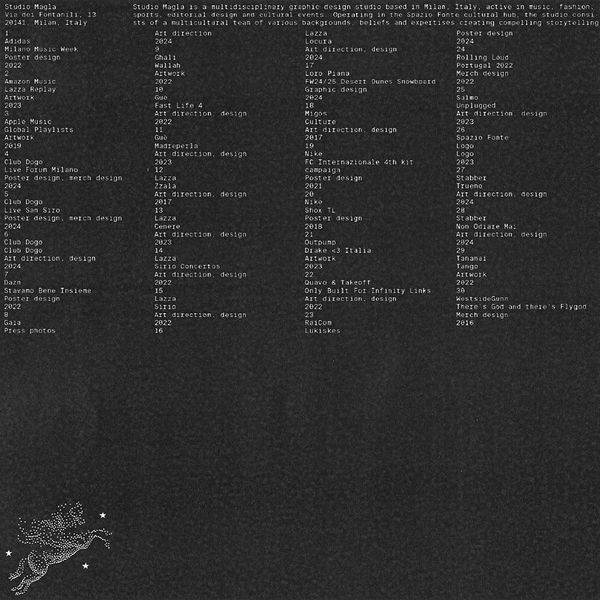

The Cost of Getting Bigger.
Atio is a six-person team. “Expanding? I don’t know. We could, but it would lose its meaning. I don’t want a fifty-person studio where my job is just handling clients and paperwork. I want to work. I want to create.”
The studio’s identity is tightly linked to its size. “More people means more compromises. And I hate compromises. I’ve seen amazing design studios turn into soulless companies. We want to stay a workshop. A messy one, maybe, but still a workshop.”
There’s also the challenge of finding the right people. “It’s not just about growing, it’s about finding people who get the way we work. It’s not for everyone.”
“We’re used to thinking of design as just aesthetics, but it’s so much more. It’s identity, it’s expression, and it’s a way of making sense of the things we go through.”
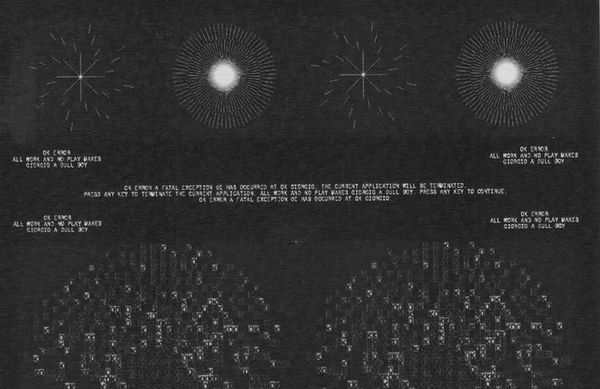
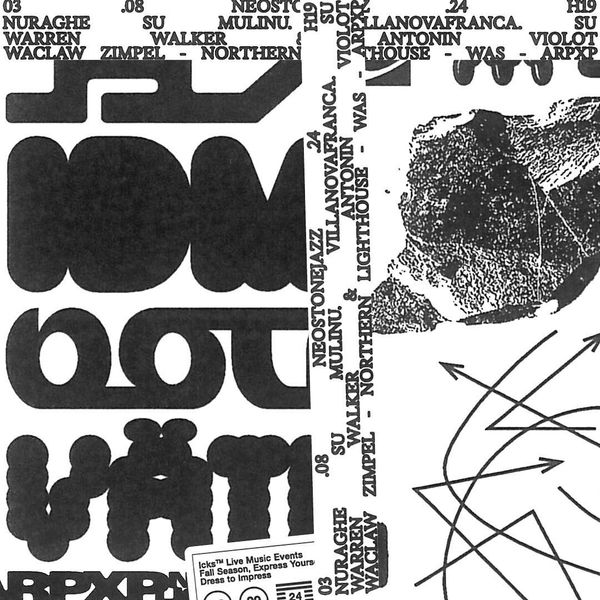
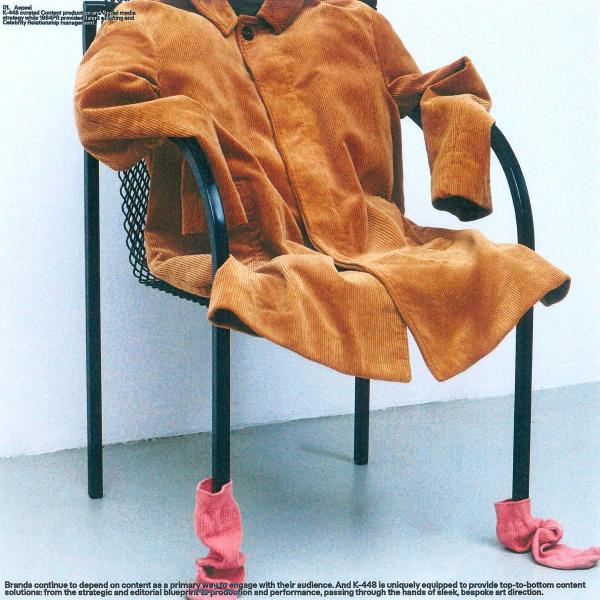
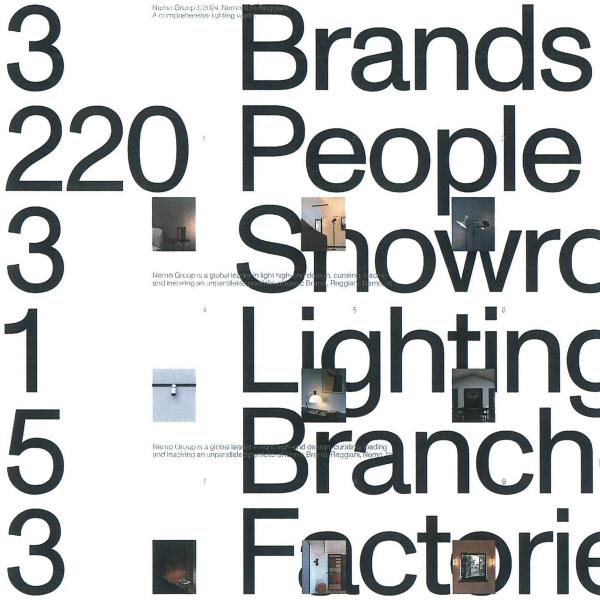
Finding refuge in chaos.
Edoardo doesn’t shy away from the dark side of the job. “Design saved me. No doubt about it. Without ATIO, I’d probably have lost my mind.” Design as therapy, as a way to stay afloat. “The team tells me the same thing. Working in an environment where you can truly be yourself changes everything. And when I see someone struggling, the priority isn’t the project, it’s the person.”
The emotional side of creative work is often overlooked.
Edoardo is the first to question himself. “Sometimes I think design is pointless. But then I remember that even the Vikings decorated their ships, even though they would have floated just fine. Beauty has always mattered. Maybe we don’t know why yet, but it does.”
For ATIO, visual design isn’t just about aesthetics, it’s about research. “When we work with a brand, we dive deep into their world. For The North Face, I spent days reading climbers’ stories. It’s not just about making something look good, it has to mean something.”
There’s a rebellious streak to this way of working. “People always say the market wants things that are simple, easy to digest. But who decided that? I think people also want something real, something with soul.”